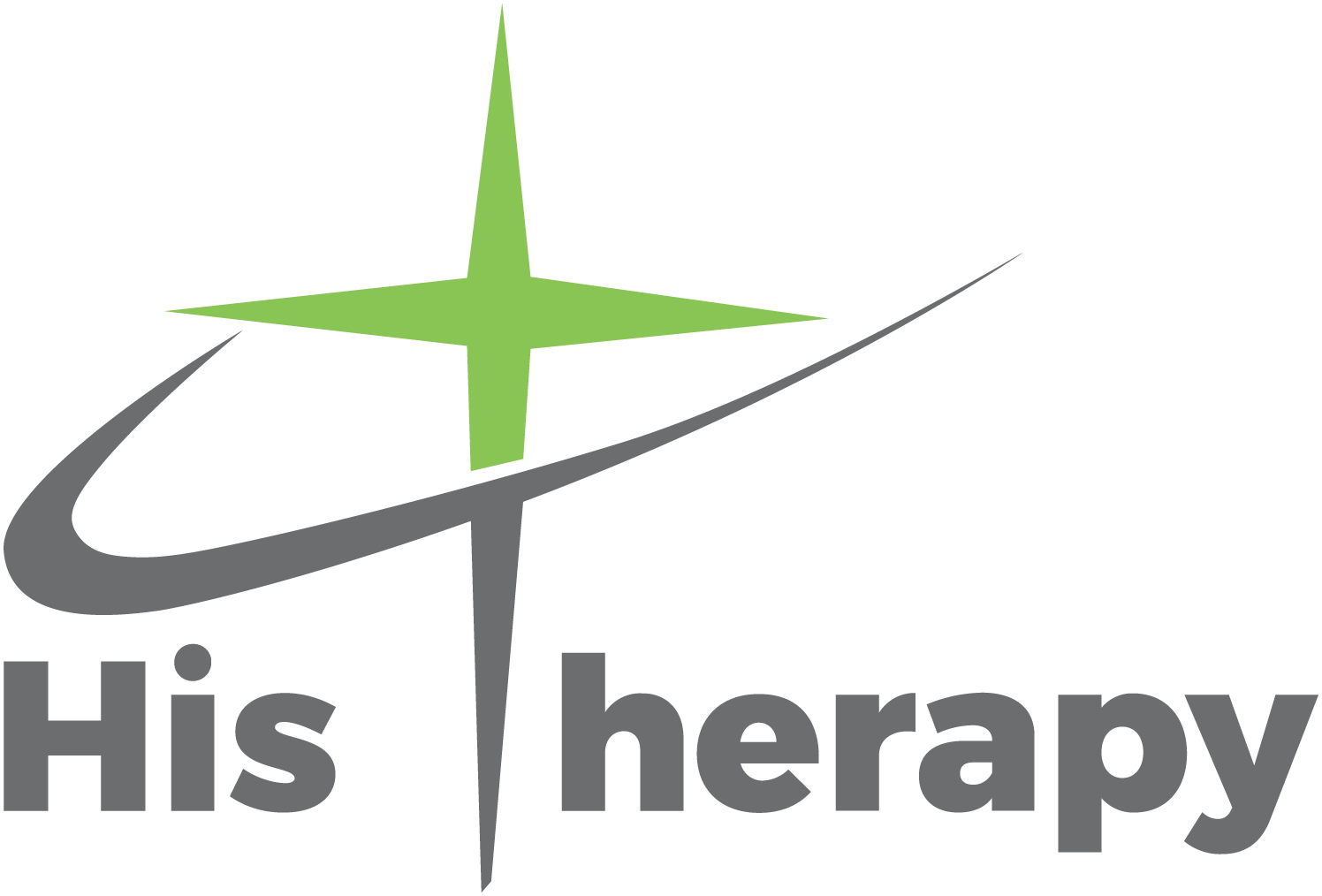Fibromyalgia and Physical Therapy
Not long ago Fibromyalgia was little understood or recognized as a medical condition. Today, this condition is now recognized as the second most common arthritis-related disease. The term Fibromyalgia literally means: Fibro – fibrous tissue; my – in muscles; algia – pain. Common symptoms are muscle pain, stiffness, and fatigue. While no cure is known, research has helped piece together methods to manage this disease.
One of the first recommendations in treatment involves improving the quality of sleep. Helping to relax muscles and remove painful trigger points can help restore normal sleep patterns. Improved sleep increases overall stamina and decreases anxiety levels.
The second recommendation is low impact exercise. Sufferers can benefit from activities such as walking or swimming. Physically the benefits include increased muscular strength and decreases in muscle micro-trauma. Psychologically, exercise can provide an important sense that the pain can be overcome, and it need not interfere with leading a normal, active life.
The final recommendation in treating Fibromyalgia is massage. Massage is known to be very important and assists in the removal of waste from muscles. Massage increases blood flow and nutrient flow through the body resulting in greater availability of oxygen to cells. Massage is known to impact major systems. The circulatory, respiratory, lymphatic, digestive, the immune, and endocrine systems all respond favorably to massage, helping the body to heal faster. Physical Therapists trained in Myofascial trigger point therapy can help greatly reduce pain and tenderness as well as remove trigger points.
